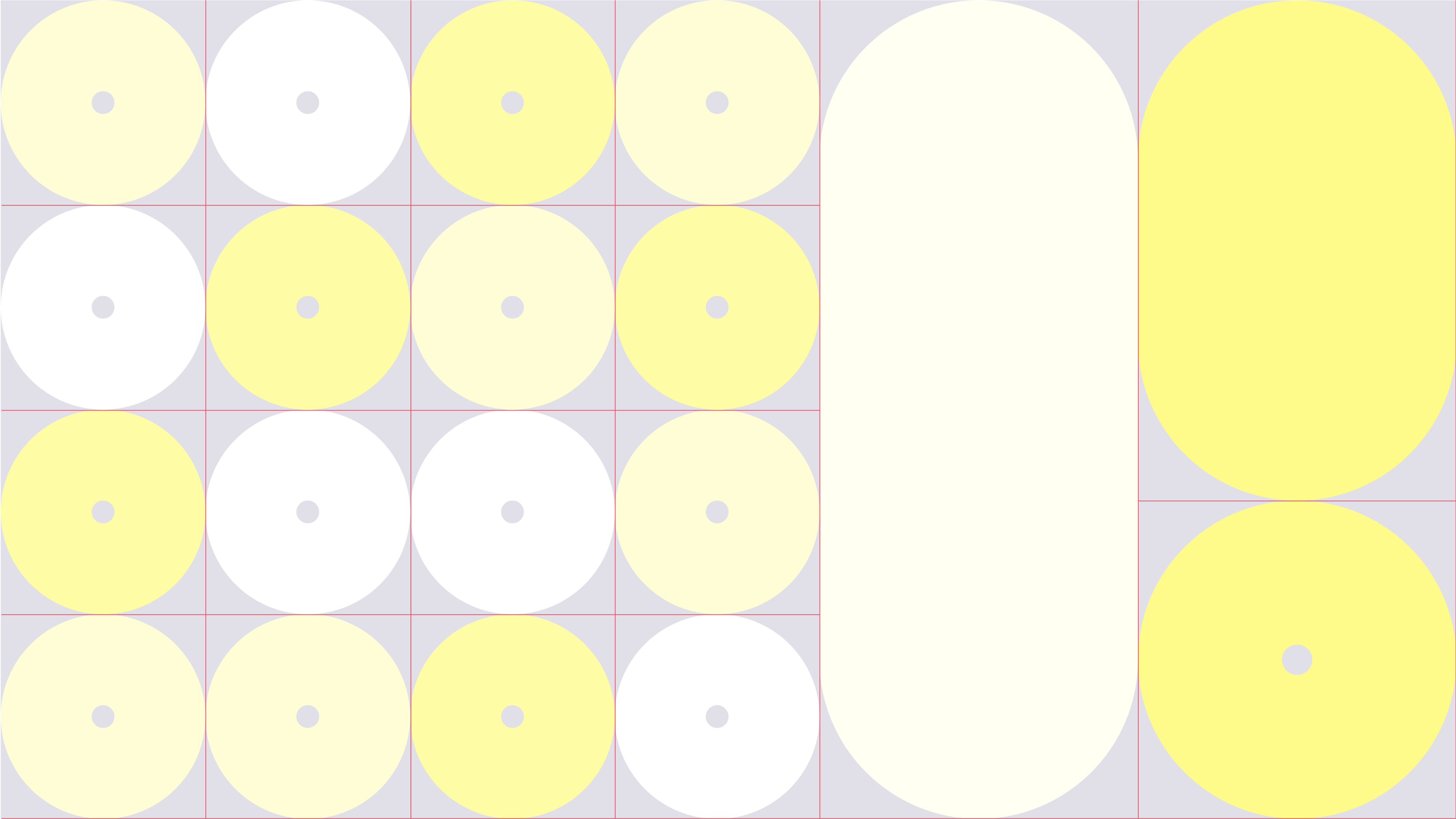I had the fortune (neither good nor bad) of being an energy analyst in 2008 as Lehman Brothers collapsed, in part triggering a global financial crisis. I was also an energy analyst, again, when a pandemic caused the mechanics and circulatory system of much of the global economy to seize up in 2020.

.png?width=50&name=34C0AE28-DE08-4066-A0A0-4EE54E5C1C9D_1_201_a%20(1).png)





